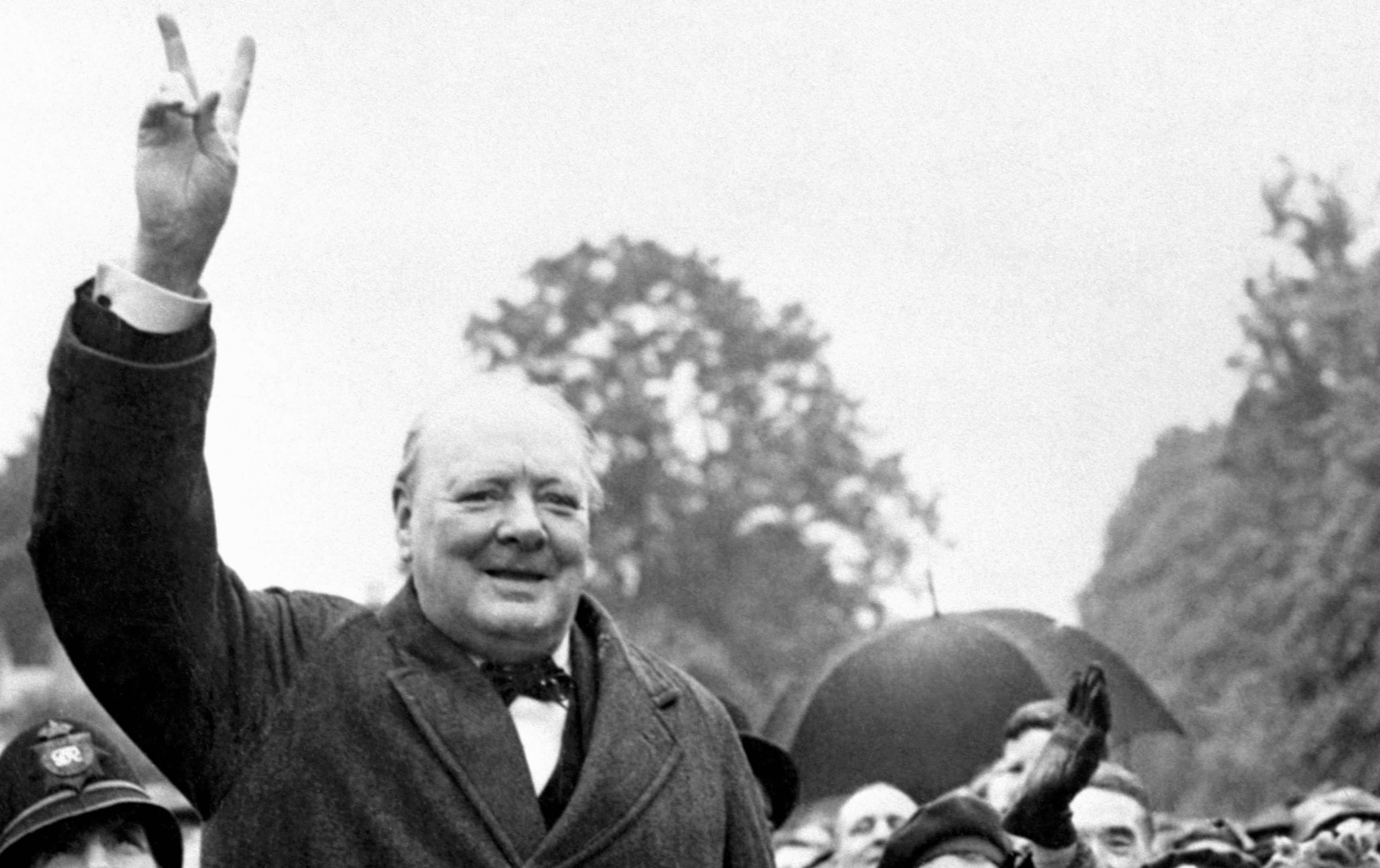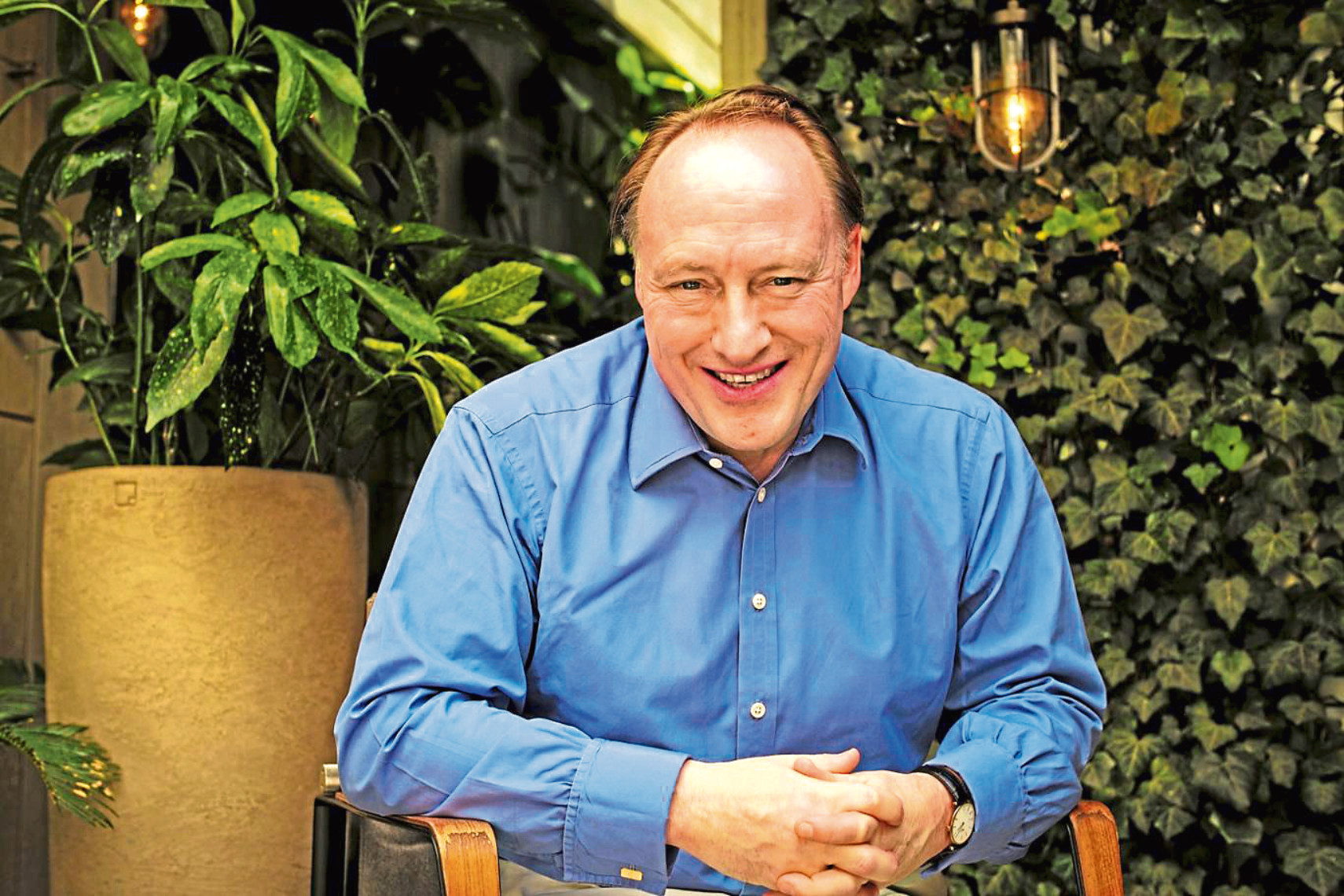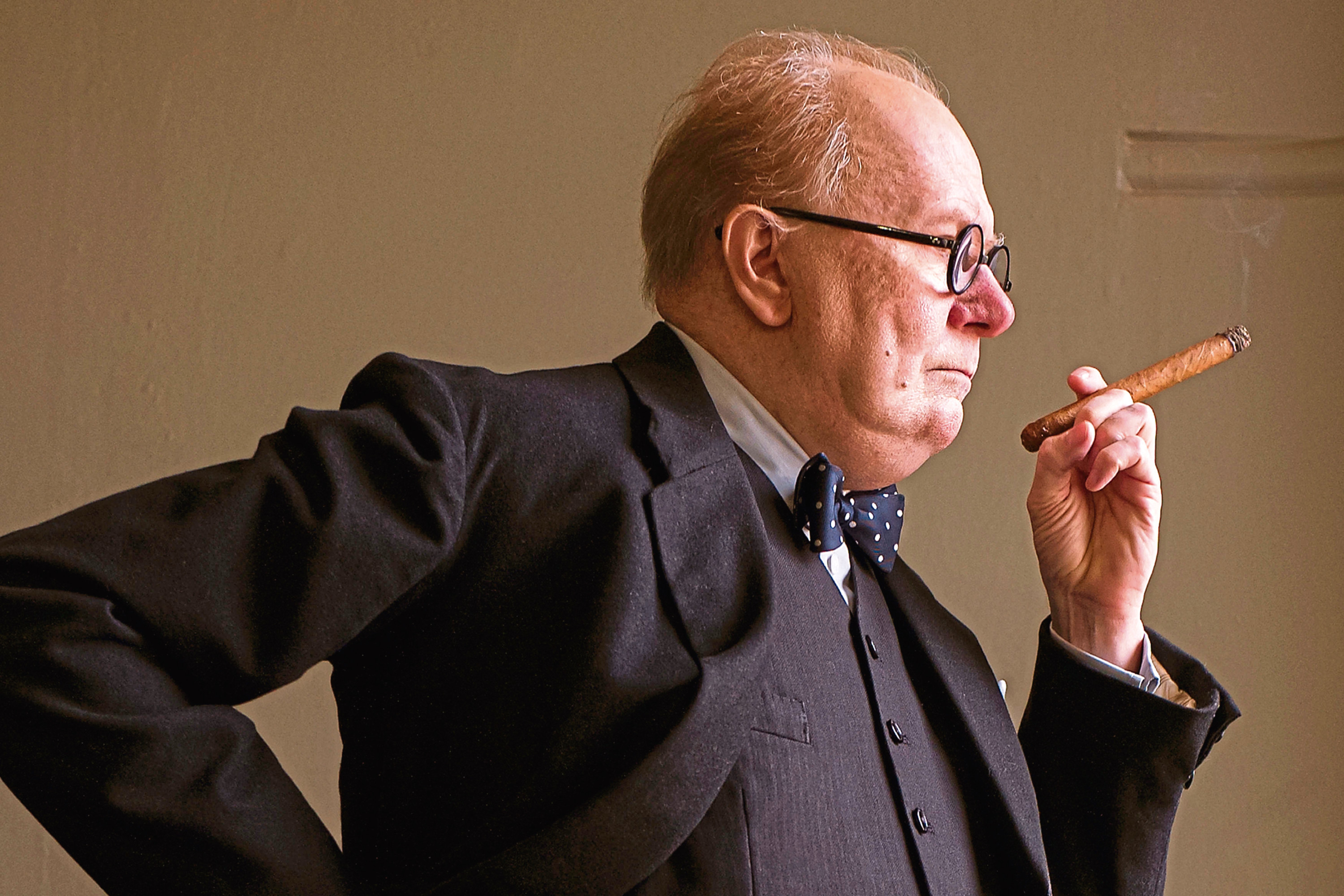
HE steered a nation through war and remains one of our most influential historical figures.
But what was Winston Churchill really like? Historian Andrew Roberts tells Laura Smith the Honest Truth about the man behind the legend and reveals his links to Scotland.
What sets your book apart from countless other Churchill biographies?
This is the 1,010th biography of Churchill but different from the others because it uses many new sources that were not available to previous biographers. It seeks to balance his strategic, political and personal life, and to explain what an intensely passionate man he was.
Where did these new sources come from?
Since the last fully comprehensive biography of him, there have been no fewer than 41 sets of papers that have been deposited at Churchill College, Cambridge, of people who worked with Churchill, as well as those of his daughter, Mary Soames.
The Queen has allowed me to be the first Churchill biographer to use her father King George VI’s diaries, which are very revealing about Churchill’s private thoughts during the darkest days of the Second World War.
I was also lucky to have discovered the verbatim accounts of the War Cabinet during Churchill’s premiership.
What new information surprised you about Churchill?
I was constantly surprised at how emotional and passionate he was. Source after source refers to him crying and singing, joking and occasionally ranting. Nor was this alcohol speaking; he in fact drank far less than he himself made out. Nor was he a depressive, let alone a manic one.
But he was driven by a furious hatred of Hitler that was evident in one way or another virtually every day of the war.
What qualities made Churchill such an effective wartime leader?
His historian’s view allowed him to see the strategic predicament of 1940-41 in terms of earlier crises, such as the Spanish Armada, Louis XIV’s wars, the Napoleonic Wars and the First World War, and enabled him to explain to the British people how they would prevail.
He was a great orator. The thousands of speeches he had delivered in the four decades of his public life before 1940 also stood him in excellent stead.
He also kept his sense of humour in even the most dreadful wartime circumstances.
Was his demeanour different in private?
His personality behind closed doors was remarkably close to the one in public; he wore his emotions on his sleeve. Unlike many politicians, there were not two Winston Churchills: the public and the private.
The British people sensed this genuineness of character, and, albeit late in his political life, responded to it warmly.
What would you class as Churchill’s biggest strengths and weaknesses?
His greatest strengths were his moral and physical courage. His weaknesses were many: he was no good at economics; he trusted people even after they had let him down; he used his charisma and forceful character to impose bad policies on occasion, and he thought in terms of national and racial stereotypes that often proved false, as when he thought the Turks in the First World War and Japanese in the Second World War would not make good soldiers.
Overall, his faults were feathers in the balance besides the iron of his strengths.
How important was his relationship to his wife, Clementine?
Extremely. She was his closest adviser and the love of his life, a rock when his career seemed destined for failure.
Anything else we should know?
The Scottish aspect to Churchill might surprise some people. For example, his birth on St Andrew’s Day, his Scottish wife, his time as MP for Dundee, his lieutenant-colonelcy of the 6th Battalion of the Royal Scots Fusiliers, and constant visits to Scotland.
Churchill, Walking with Destiny by Andrew Roberts is published by Penguin Books, out now

Enjoy the convenience of having The Sunday Post delivered as a digital ePaper straight to your smartphone, tablet or computer.
Subscribe for only £5.49 a month and enjoy all the benefits of the printed paper as a digital replica.
Subscribe
